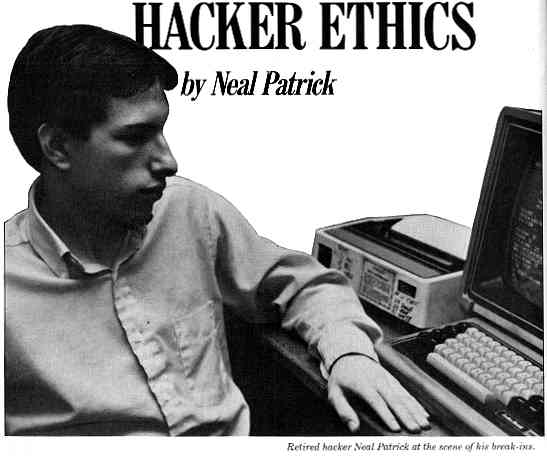
Neal Patrick gained notoriety as a
member of the "414s," a group of Milwaukee-based hackers investigated
by the FBI for long-distance computer breakins. In 1983, at age
seventeen, he was featured on the cover of Newsweek.
Hackers are
intelligent people. They've worked with computers for years, examined
them inside and out. Some have created new additions to their home
computers; some have even designed their own machines. Put simply, the
workings of a computer hold as much interest for hackers as the
workings of a '57 Chevy do for the car fanatic.
This interest is due to curiosity. There is nothing
sinister or destructive about it. Hackers are eager to learn as much as
possible in computer classes at school or in user groups and computer
clubs, where other hobbyists share their insatiable curiosity.
Always driven to working with larger and more
powerful machines, all hackers aspire to mastering a mainframe. This is
a large computer, with a greater amount of permanent storage capacity
that allows a number of people to use it simultaneously. Unfortunately,
few hackers are allowed on mainframe computers. Most mainframes are
designated for businesses or college use. Those that do allow the
general public on are quite expensive and are structured so that
serious users can't explore them to their fullest capacity. Instead
they are set up for the lowest common denominator: the beginning
computer user. A series of menus presents choices for the novice to
follow so that he doesn't become "lost" in the mainframe.
Beyond the Fringe
The true hacker soon becomes bored with the menu selection. He would
rather figure out how to operate the computer than have it spelled out
for him. Hence these "pay-your-way" mainframes have no meaning for the
hacker, and his curiosity soon propels him to use them illegally.
Illegal use can mean simply obtaining the
appropriate telephone number and using it to connect the home computer
with the mainframe, or it may mean typing a number of passwords to gain
access. Either way, the hacker has found what he's looking for: a
computer that he can explore at his leisure, without having to worry
about the hourly charges or the infinite number of menus that the
computer otherwise may present. No matter that he has not seen this
type of computer before; just typing the magic word "help" brings up
short tutorials on how to use the mainframe.
After a few days (or weeks) of investigating the
mainframe, the hacker is bound to make a mistake. It could be a file
that was accidentally deleted or something odd printed out at the
location of the computer. Either way, the people in charge (the system
managers) detect the unauthorized use of the computer and call in the
phone company. By tracing the line the mainframe is hooked up to, they
are able to determine who the "culprit" is. Should he be charged, he
would probably be found guilty of illegal use of a computer.
The hacker himself sees what he does as simply a
tool for learning, but still the question of ethics is raised. Hackers
do know right from wrong. They wouldn't think of breaking into a house
and stealing something, nor would they ever physically harm anyone.
With regard to computers, they would never access a mainframe solely
for destructive purposes. On the other hand, the hacker does think
accessing any computer is fine as long as he doesn't damage anything or
cause any large problems for the system managers. He is there because
he is curious.
Imps and Wimps
Though hackers generally believe that destruction is bad, there will be
(as in any group of people) a few "rotten apples" who feel that their
mission in life is to make other people's lives miserable. These
"rotten" hackers tend to give a bad name to the less malevolent variety.
Between the curious hackers and the evildoers is a
group akin to the imps in fairy tales. Their ethics lie along the lines
of those of curious hackers, but they may enjoy practical jokes on the
system managers or users of the mainframe. This could be anything from
a minor prank (the M.I.T. "Cookie Monster," for example, which printed
out COOKIE on a user's screen until that person fed the monster by
typing in the word "cookie") to a scheme that could really scare
somebody (like making people think the mainframe is being shut down, or
even shutting it down for short periods). These hackers may cause some
hair-pulling for the system managers, but they don't do any real harm.
Sorting hackers into three categories may not do
everyone justice; however, it's safe to say that most hackers do fit
somewhere in one of these groups. Hopefully, the law enforcement
agencies will concentrate their efforts on arresting and charging the
"rotten" hackers rather than the curious ones, whose only intent is to
learn.
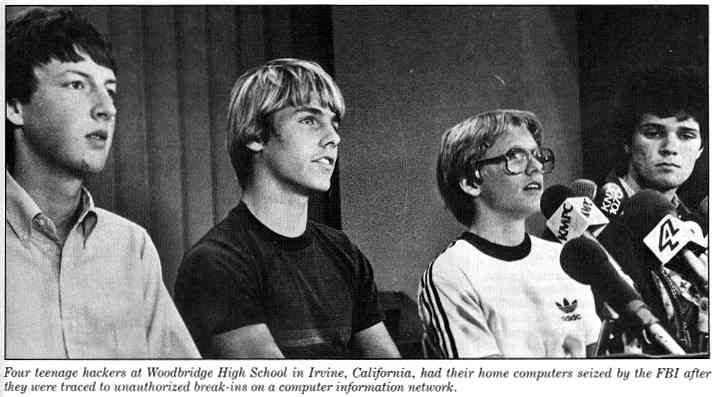
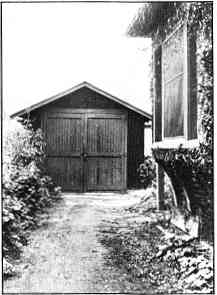 SILICON VALLEY
"GARAGES" SILICON VALLEY
"GARAGES"Among the most appealing of twentieth-century American myths is that of the Silicon Valley garage. According to legend, up and down California's Santa Clara Valley stand wooden shacks and Taco Bell carports representing the last bastions of private enterprise and native ingenuity. From these fountainheads of high-tech creativity, where tinkerers gain temporary shelter from the pressures of mate and job, countless computer-based fortunes and Fortune 1000 success stories (and failures) are said to have sprouted. In fact, the myth is largely substantiated by recent history, though the site of inspiration might just as easily be a kitchen or bedroom in or out of Silicon Valley (some landmark locations are actually to be found east of the Mississippi). These photos, gathered from scrapbooks and personal files, illustrate the unprepossessing locales that gave birth to some of the most significant advances in the personal computer industry. The Original Valley Garage The fourth richest man in America, according to Fortune magazine, is David Packard, co-founder with William Hewlett of the high-technology Hewlett-Packard firm that pioneered much of the technology that would find its way, years later, into the personal computer. It really did all start in a Palo Alto, California, garage in 1939. At left is pictured the garage itself; at center is David Packard, shown calibrating HP's first major product, an audio oscillator for testing sound equipment; at bottom is Bill Hewlett in a picture taken a short time later, testing HP's audio signal generator. 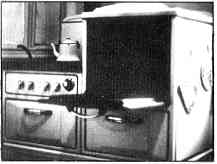 Stanford University graduates Hewlett and Packard made ingenious use of whatever was lying around the house to put together their first products. Paint for instrument housings was baked in Lucile Packard's kitchen oven (above), prompting Bill Packard's remark that "the roasts never tasted the same." 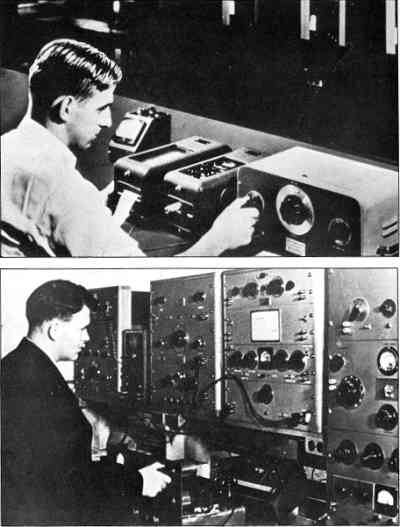 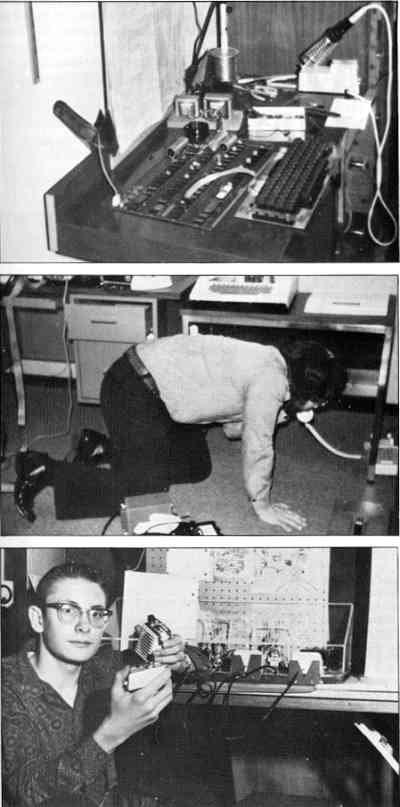 From Bedroom
to Empire From Bedroom
to EmpireLong after both its founders became wealthy men, Hewlett-Packard missed the chance to get an early jump in the personal computer market. Stephen Wozniak, in 1975 an engineer at HP, twice took the design for his soon-to-be Apple computer to HP engineering brass, who ignored both him and his partner Steve Jobs because neither had a college degree (and thus could not possibly know what they were doing). Wozniak and Jobs decided to form their own company. Before Apple Computer could graduate to a garage, it existed only in the bedroom of inventor extraordinaire Stephen Wozniak of Sunnyvale, California. As shown in the top photo, Wozniak's Apple I wasn't much to look at: a large board with lots of chips, resistors, capacitors and a keyboard hooked up to a TV screen. If this failed to impress Hewlett-Packard, it caught the imagination of hundreds of hobbyists. The long hours of designing, coding, assembling and testing paid off when Jobs and Wozniak sold their first fifty computers to The Byte Shop in Mountain View, California. With the introduction of Woz' masterpiece, the Apple II, the fledgling company began a period of exponential growth that meant forever moving into larger quarters. The middle picture shows Wozniak on his hands and knees, answering the phones on the day Apple moved into a building on Bandley Drive in Cupertino. The company has grown so large, so fast, that local yokels now jokingly call their town "Appletino." Science Fair Star Woz' Apple computer was introduced at the Homebrew Computer Club "led" by engineer-inventor-philosopher Lee Felsenstein, the designer of three personal computers including the Processor Technology Sol. The Sol was born in a garage, but when Felsenstein himself was growing up, learning the intricacies of electricity and logic, he displayed a telephone-switching device he built in his playroom for a high school science fair in Philadelphia (bottom). SCOTT MACE, senior editor at InfoWorld |
Return to Table of Contents | Previous Article | Next Article

